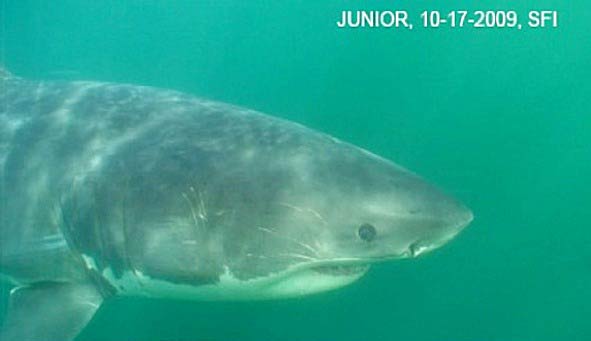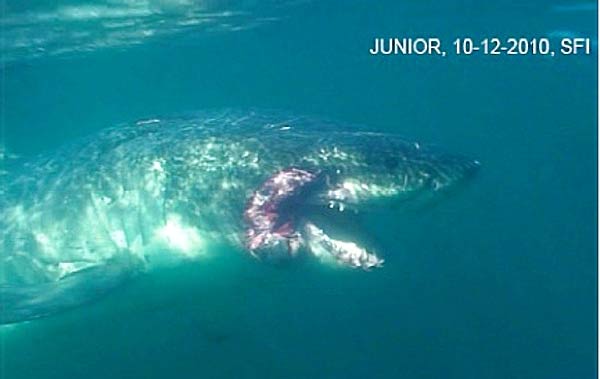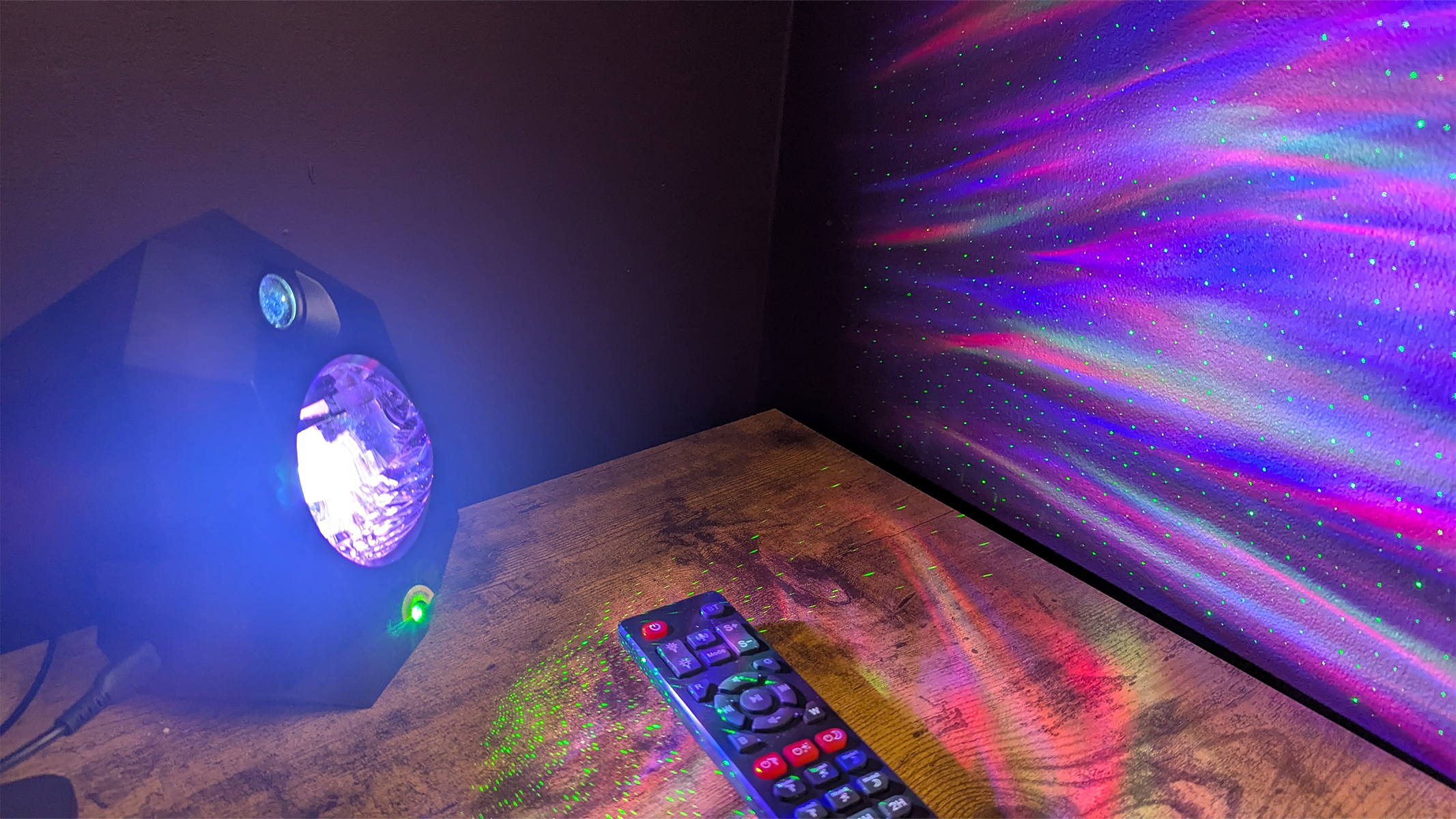Shark, Not Man, Attacked Shark, Video Shows
A climactic chapter in the saga of Junior, an injured great white shark whose gruesome photograph touched off a firestorm of accusations among shark enthusiasts and site commenters on shark blogs in recent months, has come to a close thanks to a video released for the first time this week.
An image of Junior with a gaping wound beside his mouth surfaced a few months ago, sent by a mysterious anonymous source.
Some blamed the shark's injury on the research techniques of Michael Domeier, a marine biologist featured in the National Geographic Channel's popular "Shark Men" series, which chronicles Domeier's capture and release of great white sharks for satellite-tracking research.
Yet Domeier said the image -- a still from a longer video taken a year after Domeier caught and tagged the young male shark in 2009 -- didn't tell the whole story, insisting the video itself shows Junior was the victim of a brutal shark attack.
Until now, the video has been unavailable to anyone, including Domeier. This week, the video was released online, revealing Junior's head and torso covered with bite marks.
First look
The video was first posted on the marine science blog SouthernFriedScience.com, and is now also posted on the Gulf of the Farallones National Marine Sanctuary (GFNMS) website, the institution that holds the only known copy of the video. [Image Gallery: Great White Sharks]
Get the world’s most fascinating discoveries delivered straight to your inbox.

David Shiffman, a shark researcher and marine biology grad student who writes the shark section on SouthernFriedScience, obtained the video through a Freedom of Information Act request.
"I really didn't know what I expected to find," Shiffman said. "There had been people saying that this injury is definitely because of the hook."
When Junior was caught, the shark was hooked in the throat -- which is unusual, and was an accident, Domeier says. Shark researchers, Domeier included, try to hook the fishes in the mouth.
The crew managed to cut off part of the hook by reaching through the shark's gills, but a portion of it was left inside the shark's throat. When the horrible image of Junior made the rounds, many said Domeier's hook was responsible.
Shark star
Despite the fact that some questions remain about the overall practice of tagging great white sharks, the video appears to put the argument over Junior to rest.
Shiffman said watching it was something of a surprise.
"I expected to see a blurry video where you couldn't really see anything," Shiffman said. "When you look at the full video and not that image it clearly shows that the injuries on the shark are from other sharks and not from his capture method."
Domeier, reached via email, said he was gratified that the video of Junior has finally come to light.
"I'm glad the public can now see the entire video, since it validates my original statement that Junior was attacked by another white shark," Domeier wrote.
"The images that were originally released to the media were intentionally misleading in an attempt to discredit the important research that I am conducting."

Shark lovers anonymous
So who sent that picture around -- and why? Although it's known the video was taken by shark researchers, it's not clear who sent around the damning frame of Junior -- which doesn't reveal the full extent of the shark's injuries.
The identity of the anonymous party remains an unsolved mystery.
In the email sent to shark blogs accompanying the graphic image of Junior, someone identified only as a "shark enthusiast" wrote, "My concern is that other scientists or media hounds will try to do this again, heck, who knows how many of these sharks have already been severely impaired as a result of this same researcher's made for TV science…I am very upset over the lack of oversight these researchers have when working with these magnificent creatures."
Shiffman said it's not clear who sent the picture or why.
Others are not so speculative.
"This is a malicious campaign by competing researchers," said Mike Neumann, a shark diver based in Fiji who writes for the shark blog fijisharkdiving.blogspot.com.
Neumann wrote in an email to LiveScience that, in addition to a "food fight for scarce research dollars," territorialism, favoritism and politics are at work.
However, all of the finger pointing is indeed speculation, and many seem relieved that although the mysterious party behind the hullabaloo has not been unmasked, the answer to what happened to Junior is at least a little clearer.
"There are a lot of emotions going around here, " Shiffman said. "I think the most important thing is the welfare of the shark and of the species as a whole, and we know from satellite tags that Junior is still alive and is still swimming."
- In Images: The Fantastic Fishes of Shark Island
- Q&A: 'Shark Men' Get Up Close with Great Whites
- On the Brink: Image of Wild Sharks
Reach Andrea Mustain at amustain@techmedianetwork.com. Follow her on Twitter @AndreaMustain.
